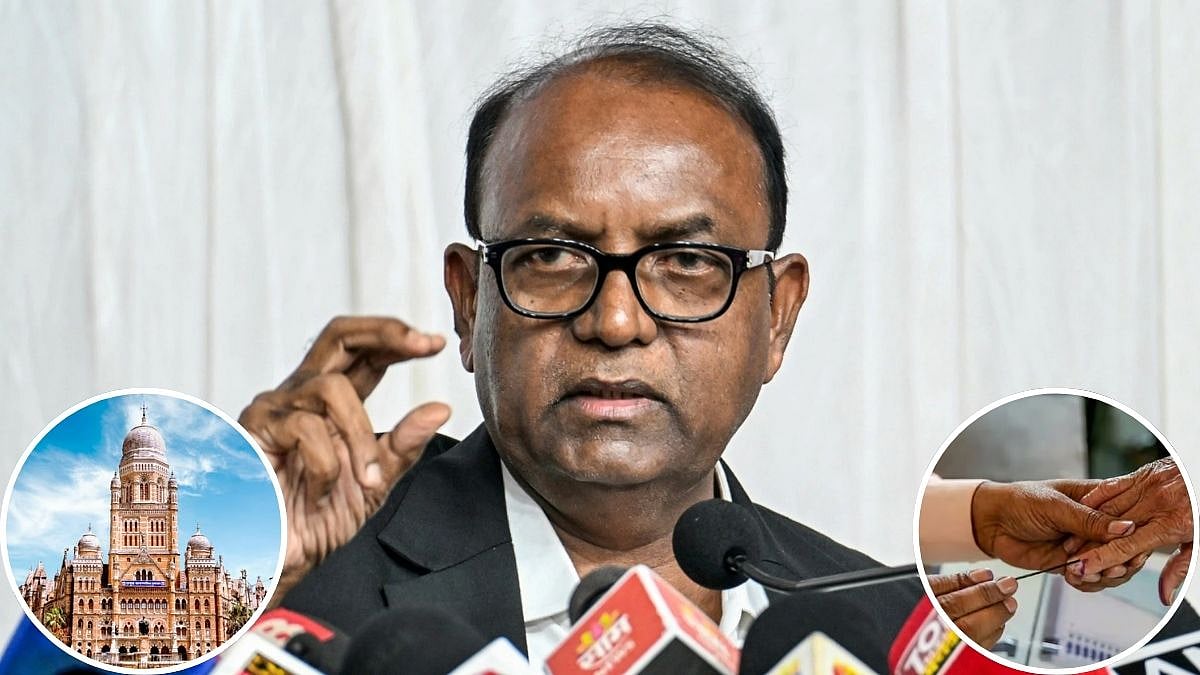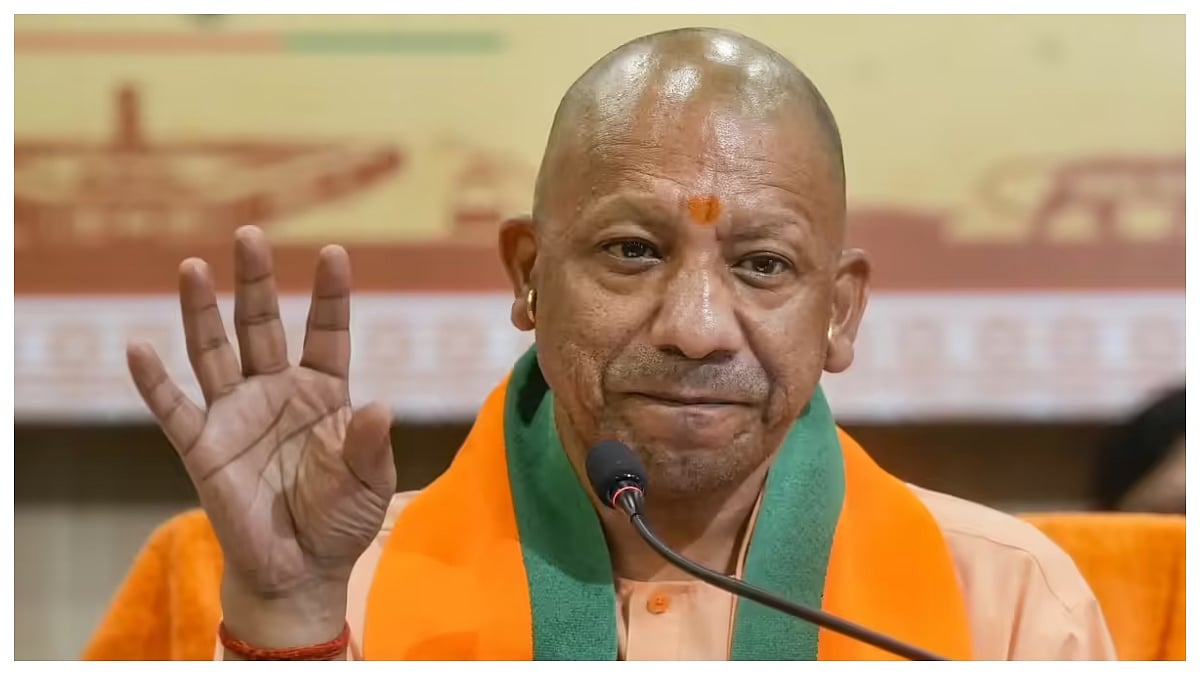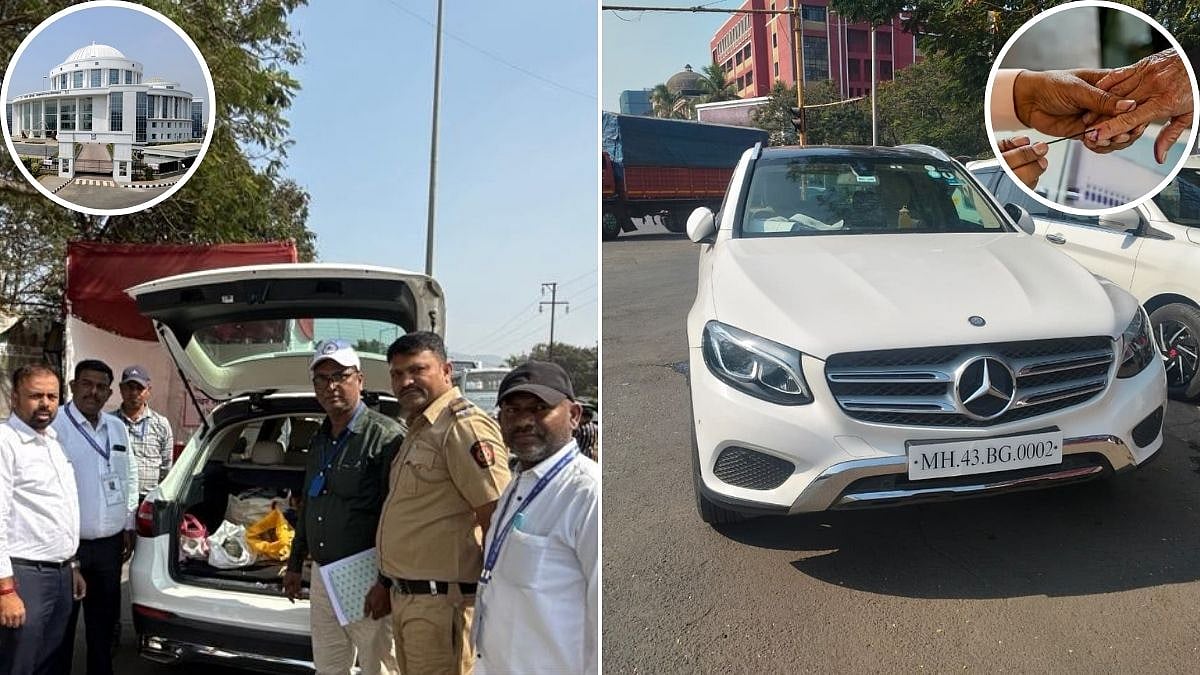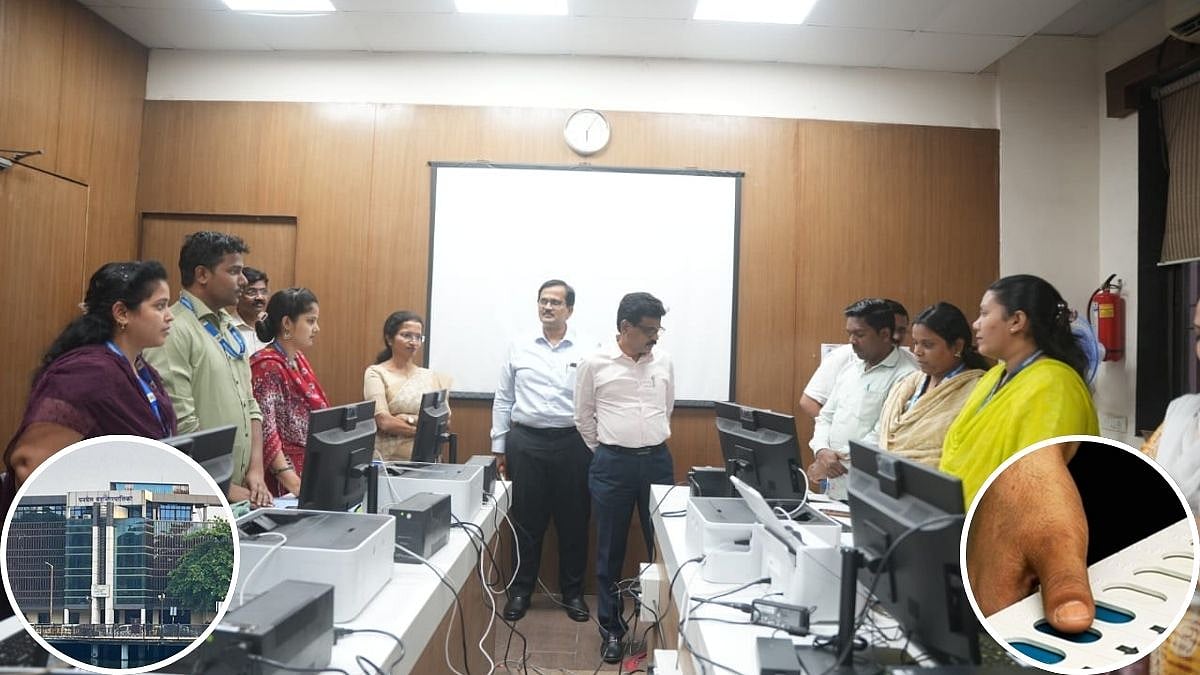The issue of dangerous and dilapidated buildings has been plaguing the city for decades. Every year before the monsoon, the Brihanmumbai Municipal Corporation (BMC) publishes a list of highly dilapidated (C1 category) structures in the city and asks residents to vacate them. Yet, scores of residents continue to risk their lives and occupy them. In some cases, many have lost their lives after the structure has collapsed.
As part of a series ‘Buildings on the Brink’ carried out by FPJ, 46 dangerous buildings were visited. The paper also spoke to tenants, landlords and officials who gave a lowdown of the situation at ground zero.
According to BMC data, there are a total of 407 dilapidated buildings in the city, including 322 private structures, 59 owned by the BMC and 26 state government buildings.
Most of these buildings are either under litigation, pending with the technical advisory committee (TAC) or residents/ tenants have refused to move out, despite the BMC disconnecting their water and electricity supply.
The biggest challenge faced by development agencies is delay in redevelopment. Illegal modifications carried out in these old structures are rampant, which puts the lives of residents at risk. While redevelopment takes time, the BMC has been monitoring old and dilapidated structures by listing them under various categories. If a building is listed under the C1 category, it needs to be vacated and demolished immediately. Even the courts have upheld the demolition notices of such buildings.
However, this has just brought the names and numbers of such rickety, old and dilapidated buildings to light and not actually prevented collapses.

The list, however, does not include illegal structures that account for most of the collapses.
“They are not included in the figures because they shouldn’t exist,” said BMC’s assistant municipal commissioner (removal of encroachments department) Anant Bhagwatkar. “Slums have more chances of collapsing because they have a lot of unauthorized structures with illegal alterations,” he added.
The endless war
The BMC classifies dilapidated buildings as C1, C2A, C2B and C3. If a building falls under C1 category, it needs to be vacated immediately and demolished. Under C2A, the dangerous parts of the building need to be demolished and in C2B, the structure only requires structural repairs and a C3 building requires minor repairs. Currently, (2020-21) MCGM has classified 407 buildings as C1 and about 60,000 as C2.
According to BMC rules, residents living in buildings that are over 30 years old have to carry out structural audits. Those falling in the C1 list and can’t be repaired have to be vacated. Elaborating on the procedure of listing a building under C1, Bhagwatkar said, “Buildings that are 30 years and older fall under this category. We inspect the general conditions and look for structural weaknesses. The category is applied only after a structural audit, following which a notice under Section 353B of the Mumbai Municipal Corporation Act for eviction is issued.”

“However, after receiving BMC notices, many residents move court or appeal before the TAC to get the structural audit reports assessed. On many occasions, the BMC also takes an undertaking from residents that they are living in the dilapidated building at their own risk and cost,” said another civic official.
Apart from issuing notices and pamphlets in various wards, officials have prepared a presentation, which includes videos and pictures of past building collapses, to convince residents to move out.
In the backdrop of a building collapses in Malwani in June and Ulhasnagar in May, state urban development department minister Eknath Shinde directed municipal corporations within Mumbai Metropolitan Region (MMR) to develop a cluster plan for the redevelopment of dilapidated buildings in the areas. However, the plan should have been implemented years ago, experts say.

Issues /hurdles that we stumbled upon:
Unaffordable and far off temporary accommodation options
Attempts at redevelopment, whether by the government or private entities, have failed because the occupants refuse to leave despite legal notices being served. Even attempts to forcibly evict them have not made progress.
There are instances when buildings are on the verge of collapse and have been officially declared dangerous but tenants refuse to leave arguing and citing examples of how some of the relocated families have been in transit accommodation for a decade, facing uncertainty over possession of a redeveloped house.
Besides, tenants do not find alternative accommodations suitable and demand better options. The landlords are either unable or unwilling to comply. The tenants cannot afford alternative accommodation in the same locality.
“We have seen how developers exploit tenants. We know a building nearby that went for redevelopment, they are now waiting for their home for over nine years. What if this happens to us and the builder stops paying rent as well? However, our landlord is very supportive. He has always maintained transparency. He did not sign the agreement until all terms were cleared with the developer. The building is dangerous but if we move out just like that we may never get our homes back,” said T V Shah, one of the tenants of Krishna Bhavan in Vile Parel and former engineer from the BMC’s hydraulic department.

Tenants challenge civic body's list
There are several instances where findings of the pre-monsoon survey have been challenged by residents of the structure that has been declared C1. Residents claim that the list of dilapidated buildings prepared by the civic body is faulty as they have got their building checked by private structural engineers who claim the building is suitable to live and does not need to be vacated.
Residents then urge the civic body to change the classification of their building from C1 (highly dangerous) to C2 (which is repairable and no need to be demolished).
One such example is Nobel Chambers (RPI House) in south Mumbai’s Fort area its tenants challenged the audit by the BMC’s Technical Advisory Committee (TAC), and moved the court in 2019, saying the building isn’t dilapidated and just needs repairs.
One of the 38 tenants who moved court insisted that the building does not come under the C1 category, and is structurally strong, with operational lifts. The tenant said, “Most of us are professionals and have been tenants in Nobel chambers for seven to eight decades. Prior to us, our kin held offices here. It withstood cyclones like Nisarg, Tauktae and even heavy rainfall. The building just needs repairs and there is no need to pull it down.”

Buildings fall under the no-development zone, leaving no scope for redevelopment
There are cases where buildings declared dilapidate fall under no development zone or plot surrounded by sensitive areas like defence land/depot.
One such example is tenants living in buildings operating ‘pagdi’ system. One such structure is Narayan Nagar building No.1 in Ghatkopar, which was constructed in 1942. Residents are unwilling to vacate the building as they claim there is no scope for redevelopment as the building falls within the restricted radius of 500 meters from the naval depot. They have obtained a stay order from the city civil court as the BMC has been unable to offer any transit accommodation to the affected tenants, a resident said.
Residents say if they move out of the building they will have to keep paying rent from their own pocket as neither the BMC, nor the landlord has offered any alternative accommodation.

Litigations and ownership issues stall redevelopment for years
Many tenants move court against the landlords. Until the case resolves, tenants continue to live in buildings that are declared highly dilapidated by the BMC. There have been cases wherein development has been stuck due to court cases. There are instances where tenants had alleged that after landlords sell the places to developers, they get the building declared dangerous through the BMC to oust tenants and get the structure vacated. The developers, in turn, earn extra FSI.
Besides, there are other complications like ownership issues. One such example is Jani Niketan building in Mulund that was declared dangerous is 2014.
After seven years, the BMC initiated eviction and demolition notices to residents of Jani Niketan building in Mulund. The building was supposed to go for redevelopment, but in vain.
An MoU was also signed in 2006 between nine landowners, of which two died, and M/s Shree Mangesh Constructions. An agreement was signed that stated additional TDR/FSI is essential to make the project financially viable for which they would have to wait for five years from the date of signing the agreement. However, till date, no work has been initiated.

What experts and urban planners say:
Pankaj Joshi, architect and principal director of Urban Centre, said “Affordable housing in Mumbai is a serious problem -- skyrocketing real estate prices and unaffordable rental options have worsened these problems further. In such a situation we cannot allow building stock to get dilapidated. There must be a prompt ward level system, wherein repair and restoration of a structure from time to time must be made mandatory. However, there seems to be no urgency about dealing with dilapidated and dangerous buildings among agencies like MHADA and Repair Board.”
“Individual re-developments, whether by private firms or agencies like MHADA lack scale and direction. Failing to address the root of the problem, our authorities have been unable to look at the larger picture of creating housing stock or are neglecting the affordability factor altogether. Tenants are unreasonable and do not want to cooperate with a rent hike or share repair responsibilities. The state and Central laws also make it impossible for owners and landlords with old rent agreements to increase rents from the paltry amounts fixed decades ago or to get tenants to vacate, or even sell the property without exorbitant compensation for tenants. Besides residents/tenants simply do not want to move, because renting or buying in the same area at market rates is highly unaffordable and beyond their reach. The state government must think about creating adequate new rental housing. There is a huge demand for affordable as well as rental housing, applications for the MHADA lottery is a big example. However, numbers of such affordable housing options are very low and other options are unaffordable. Hence tenants and residents of such dilapidated buildings continue to risk lives instead of vacating,” Joshi added.
Devendra Jain, who retired as the Deputy Municipal Commissioner for the removal of encroachments department in 2020 has dealt with the issue of evacuating dilapidated buildings himself. Not only this, Jain also initiated a method to ensure tenants vacate the buildings. It started to be known as the ‘Jain Pattern’, which is currently one of the advisors to the Mumbai Mayor.

“Tenants often feel they will lose out in redevelopment. They do not trust the government, the owners/ landlords, or the builders who have won redevelopment contracts. Some relocated families have been in transit accommodation for a decade, facing uncertainty over possession of a redeveloped house. These examples have buried the seeds of fear and anxiety among tenants who are then willing to risk their lives and leave their homes,” Jain said.
To ensure people are made to vacate dilapidated structures to avoid loss of life and property, Jain, who was the ward officer of P-North ward (Malad) surveyed such buildings with his teams. He then used to call the residents and show them a presentation of the survey. “During my tenure, I showed tenants living in dilapidated structures the dangers of living in such buildings. Each tenant was given a certificate (area statement) from the BMC signed by me with the area measurement of his/her home. This was an assurance to them that they won't be duped if the building is redeveloped,” Jain said. He had cleared 100 such dilapidated buildings till he retired.
He added, “This needs time and dedication. Civic officials need to build confidence among tenants. We need to identify the problems and resolve them accordingly. Not all dilapidated buildings have similar issues. Meeting tenants and landlords face to face is very important. I personally met these people and handed them these area statements, this gave them confidence and they vacated the buildings willingly.”
Chandrashekar Prabhu, senior architect, housing activist and former president of the Maharashtra Housing and Area Development Authority (MHADA).
“There are around 14,800 cessed buildings in the city classified in three categories A, B and C. Those under A category (around 12000) are atleast 80 plus years old. Those under the B category (1000 plus) are 70 plus years and those under the C category (1000 plus) are almost 60 years old. All these buildings have already surpassed their effective age. However, the procedure to get them redeveloped is going at a snail pace. Because of the lack of procedural clarity, lack of faith, and delays due to a number of reasons,” Prabhus said.
According to Prabhu, if the state government wants to change this situation, then it should come up with a proper policy for dilapidated building's reconstruction/redevelopment.
“The BMC's list is of 407 C1 category non-cessed buildings. These buildings are wrongly termed as dangerous. It can be called stable or unstable. Dangerous is a euphemism used to describe these structures. I know of the number of examples, where perfectly fine buildings have been declared dangerous just to earn extra FSI. When a builder offers money to tenants to vacate the building and they refuse, getting the structure declared dilapidated is the easiest way to get t vacated. It's like giving a list of people of 90 years of age to a doctor and asking them which of these people will die. I wish to ask, how many of the buildings declared by BMC have collapsed or crashed as compared to those which are illegal/ unauthorised constructions?” Prabhu said.








